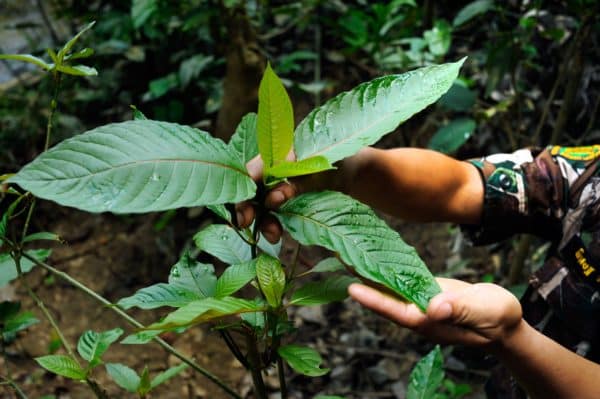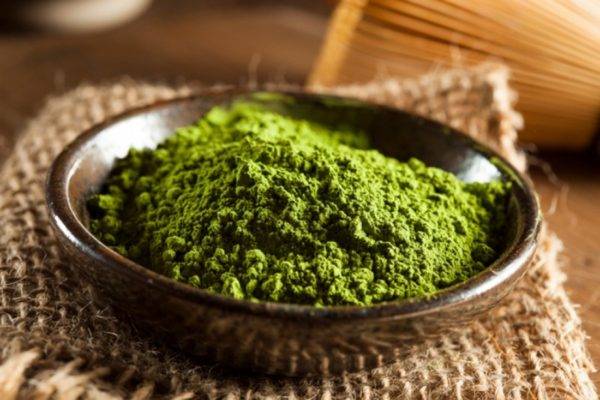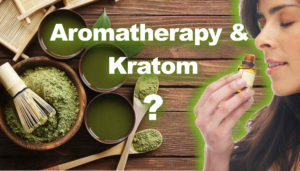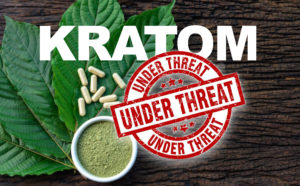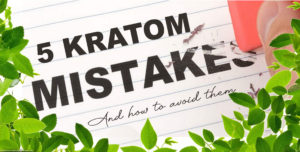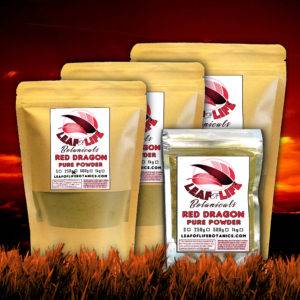If you’ve been using kratom for a while, you’ve probably noticed some variations in the color and taste of kratom products. Here’s what causes these differences.
Kratom is a plant that is subject to several conditions that determine its color and taste.
First, let’s understand exactly what kratom is. Kratom’s scientific name is mitragyna speciosa. It’s in the coffee family and is derived from the leaves of a tree that grows in Southeast Asia, especially Indonesia, Malaysia, Borneo, Sumatra, Vietnam, Thailand, and Cambodia. Kratom is typically used in a powder form, either directly by mouth, or by capsules.
If you put 500 grams of Aceh Good in a transparent glass jar, it would probably have a dark orange color. But Royal Bentuangie would look brown, Aceh Yellow dark yellow, and Green Maeng Da a bright green. There can be quite a difference in appearance and hue from one strain and a batch of kratom to another.
Another difference you may have noticed is taste. If you use capsules, the taste is not an issue, but it’s of paramount significance in the toss and wash method.
One strain of kratom can taste very bitter, so bitter that it’s rather difficult to swallow. Another strain can have a mild, almost pleasant taste. Another strain may have a chalky, somewhat mellow flavor. It’s hard to say that “bitter is better” when it comes to potency or effects. Yes, the bitterness of kratom is good for your health, but the strength of how bitter it is does not seem to correspond to how strong the effects will be.
So we have kratom with different colors and tastes. Why is that?
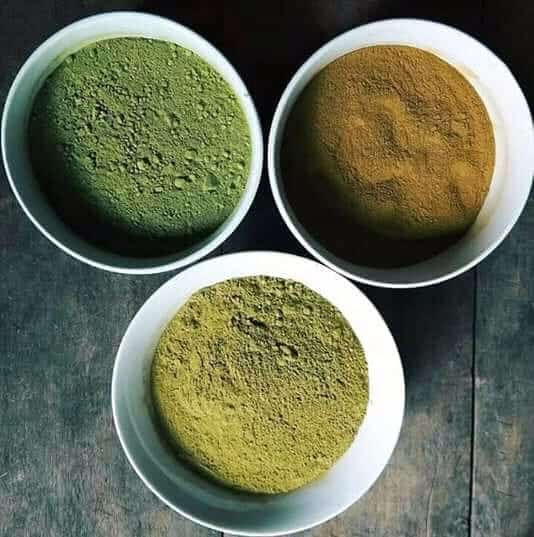
Scientists speculate that the bitterness of kratom is a self-defensive mechanism of the plant to prevent lots of creatures from nibbling on it. They get one taste of the bitterness, and never again mess with kratom leaves. But why are there variations in how kratom strains taste and appearance in terms of hue?
Kratom will always have a special look and smell that enable you to recognize it. Some vendors provide finely ground powder, while others offer more coarse powder, but it all has the same basic characteristics. Even so, you will find variations in the taste and colors of kratom.
As with cannabis and other plants, different strains of kratom have been developed that distinguish them from wild kratom that grows in jungles and forests. By altering certain parameters of its chemical construction, kratom will exhibit a variety of properties, some more pronounced than others, while some are less emphasized.

Wild, jungle harvested kratom will have some different characteristics than plantation cultivated farmed kratom. Then the various regions and countries where kratom is grown will have different soil and growing conditions. The kratom of Vietnam, for example, maybe a bit different in color and taste than kratom from Malaysia, due to all the factors involved in the environment.
What can really impact the color and taste of kratom, though, are drying and fermentation practices. There are various ways to dry kratom and sometimes it’s fermented as a pre-treatment prior to drying. These operations can result in what is called gold, chocolate, or yellow kratom strains. They tend to be a bit sweeter, less bitter than regular forms of kratom.
In conclusion, if you find some occasional variations in how your kratom looks or its flavor, there are factors involved that cause these differences. Much like cannabis, you will discover certain strains of kratom that you like better than others. You will probably never have any problems with any type of kratom, but it’s natural to gravitate toward certain types as favorites that get the job done without tasting too bitter.


